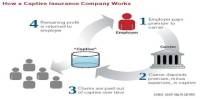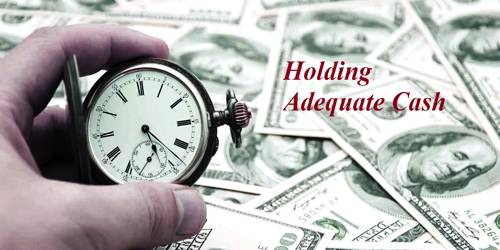Frictional Unemployment is unemployment related to changing jobs. It is a type of unemployment that arises when workers are searching for new jobs or are transitioning from one job to another. It signifies unemployment that arises out of the working forces not being completely interchangeable or mobile so that in spite of having unsatisfied demand for manpower, the-unemployed men are not the right sort or not in the right place to meet the demand. It is the unemployment that exists in any economy due to people being in the process of moving from one job to another. It occurs when workers are jobless and looking for work in a healthy economy. It is unavoidable. It exists because both jobs and workers are heterogeneous, and a mismatch can result between the characteristics of supply and demand. The good news is that it’s usually short-term. It’s one of the components of natural unemployment. It can be reduced by bringing better information about jobs to the worker.
The term ‘frictional’ is used to describe the fact that labor markets don’t immediately match up job demand with job supply. It is the lowest rate of unemployment in a growing economy. It naturally occurs even in a growing, stable economy. It will also occur when people are switching between jobs, either because they have been made redundant or are looking for new employment. Workers leaving their jobs or new workers entering the workforce both add to frictional unemployment. It is the only form of unemployment that isn’t reduced or affected by economic stimulus from the government of the Federal Reserve Bank’s monetary expansion.
Policies to reduce frictional unemployment include:
- educational advice;
- information on available jobs and workers;
- a mismatch between the workers and available jobs
- incentives and regulations;
- relocation of industries and services;
- workers’ dissatisfaction with work conditions
- facilities to increase availability and flexibility;
- aid or grants to overcome a specific obstacle.
The frictional unemployment rate is calculated by dividing the workers actively looking for jobs by the total labor force. It is part of natural unemployment and hence is present even when the economy is considered at full employment. The workers actively looking for jobs are typically classified into three categories: workers who left their job, people returning to the workforce, and new entrants. Many economists view reasonable levels of frictional unemployment as a positive event for the economy. Due to frictional unemployment, companies may gain access to more qualified employees.
















